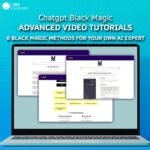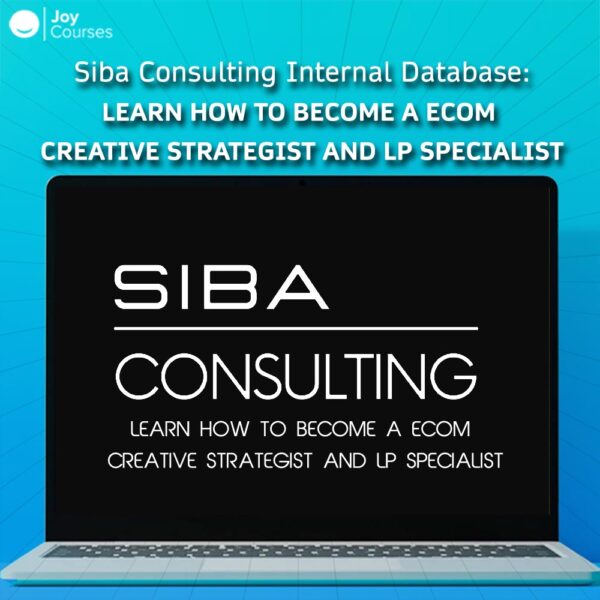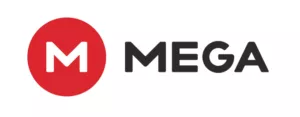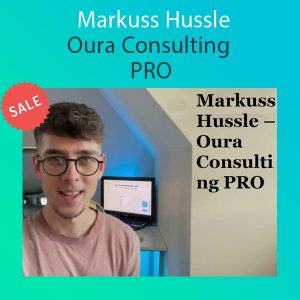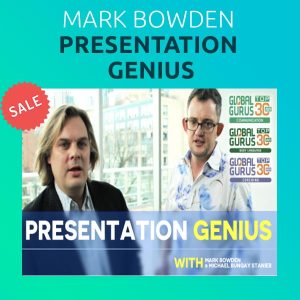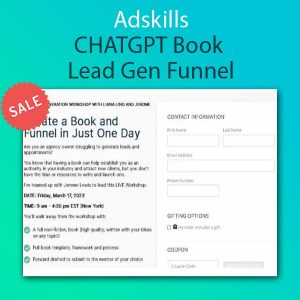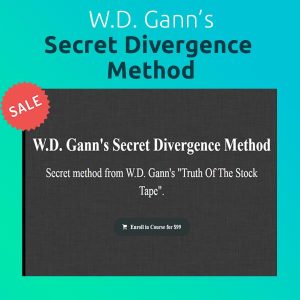Description
Siba Consulting Internal Database: Learn how to become a ecom creative strategist and LP specialist
![]()
Siba Consulting Internal Database: Learn How to Become an E-commerce Creative Strategist and Landing Page (LP) Specialist
The E-commerce Creative Strategist and Landing Page Specialist roles are critical in today’s competitive online business environment. By mastering these skills, you’ll become invaluable in driving traffic, increasing conversions, and optimizing user experiences. Here’s a breakdown of what you need to learn to excel in both areas.
Part 1: Becoming an E-commerce Creative Strategist
As an E-commerce Creative Strategist, your job is to design, plan, and execute creative strategies that resonate with the target audience, increase brand awareness, and ultimately drive sales. Here are the core competencies you need:
1. Understanding the E-commerce Landscape
- Market Trends: Stay on top of industry trends, consumer behavior changes, and emerging platforms (e.g., Shopify, WooCommerce, etc.).
- Competitor Analysis: Learn how to analyze competitors to see what is working for them and how to differentiate your brand.
- Data-Driven Strategy: Use analytics tools like Google Analytics, Facebook Ads Manager, or Shopify reports to track key metrics (traffic, conversion rates, etc.) and inform strategy.
2. Brand Positioning & Messaging
- Brand Storytelling: Develop compelling narratives around the brand that appeal to the emotions and needs of the target audience.
- Creative Campaigns: Plan multi-channel campaigns (social media, email, display ads) that align with the brand’s goals and product offerings.
- Customer Segmentation: Understand how to tailor creative strategies for different customer personas.
3. Creative Development
- Content Creation: Work with designers and copywriters to create high-quality content, such as social media ads, videos, and promotional banners that catch attention and convey the brand message effectively.
- Ad Strategies: Master Facebook and Instagram ad creation, testing various ad creatives to find the ones that convert best.
- A/B Testing: Constantly test creative assets to see what works better in terms of clicks, conversions, and engagement.
4. Collaboration with Stakeholders
- Marketing Team: Work closely with the digital marketing team to ensure creative strategies align with broader marketing campaigns.
- Designers: Collaborate with graphic designers to ensure the visuals match the brand’s aesthetic and campaign goals.
- Product Teams: Ensure that product features and benefits are effectively communicated through creative assets.
Part 2: Becoming a Landing Page (LP) Specialist
Landing pages are the gateway to e-commerce sales. Mastering the art of creating high-converting landing pages will make you a sought-after expert. Here’s what you need to focus on:
1. Understanding the Role of Landing Pages
- Purpose of Landing Pages: A landing page is designed to convert visitors into leads or customers. It should be highly focused on one objective—whether it’s collecting emails, making sales, or offering a free trial.
- Types of Landing Pages: Learn the different types of landing pages such as sales pages, lead capture pages, product pages, and thank you pages.
2. Design Principles
- User Experience (UX): Ensure that the design is intuitive, fast-loading, and optimized for mobile. A frictionless experience boosts conversions.
- Conversion-Centered Design: Learn to design landing pages using key design elements that influence behavior—such as bold headlines, clear call-to-action buttons, and strategically placed testimonials.
- Aesthetic Design: Work with color schemes, fonts, and visuals that are consistent with the brand, but also optimize the user experience.
3. Copywriting for Landing Pages
- Headline Crafting: The headline is one of the most important elements of a landing page. Learn to write clear, compelling headlines that immediately grab attention and make the visitor want to read further.
- Value Proposition: Craft clear and concise copy that communicates what makes the product or offer valuable to the user.
- Call-to-Action (CTA): Design powerful and compelling CTAs that guide users towards a specific action, whether it’s purchasing, signing up, or downloading.
4. Technical Skills
- Page Builders: Get hands-on experience with popular landing page builders like ClickFunnels, Unbounce, Elementor, or Leadpages.
- Conversion Rate Optimization (CRO): Learn to use heatmaps, A/B testing, and analytics tools to continuously improve the performance of landing pages.
- SEO Optimization: While landing pages are often used for paid traffic, it’s still crucial to optimize for search engines to capture organic traffic.
5. Testing and Optimization
- A/B Testing: Conduct regular A/B tests on different elements of the page (headlines, CTAs, images) to find what converts best.
- Tracking & Metrics: Use tools like Google Optimize or Hotjar to track the behavior of users on your landing page and find points of improvement.
- Iterative Improvements: Based on feedback and data, keep refining your landing pages to continuously improve conversion rates.
Part 3: Combining Both Roles for Maximum Impact
As an e-commerce Creative Strategist and Landing Page Specialist, you can provide end-to-end solutions that cover both customer acquisition through creative strategies and conversion optimization via high-performing landing pages. Here’s how you can leverage both skill sets:
1. Integrated Campaigns
- Create cohesive campaigns where the creative ads (videos, graphics, copy) directly funnel users to landing pages that are optimized for conversion.
2. Data-Driven Design
- Use analytics from ad performance and landing page conversion rates to inform creative strategies and vice versa. For example, if a certain headline is driving higher clicks, use it across your ads and LPs.
3. Iterative Feedback Loops
- Constantly refine both your ad creatives and landing pages based on data. By testing and improving both simultaneously, you can optimize the entire customer journey—from the first ad view to the final sale.
Tools to Learn
To excel in both roles, here are the essential tools to master:
- Design Tools: Figma, Adobe XD, Canva (for creating visual assets)
- Landing Page Builders: Unbounce, ClickFunnels, Leadpages, WordPress + Elementor
- Ad Platforms: Facebook Ads, Google Ads, Instagram Ads
- Analytics: Google Analytics, Hotjar, Crazy Egg (for user behavior and tracking)
- A/B Testing Tools: Google Optimize, Optimizely
Conclusion: Your Path to Mastery
Becoming an E-commerce Creative Strategist and Landing Page Specialist opens the door to multiple opportunities in digital marketing. By mastering both the art of creative strategy and the science of landing page optimization, you’ll be equipped to drive significant business growth for e-commerce brands.
With Siba Consulting’s Internal Database, you have the foundation you need to kickstart this rewarding journey.

